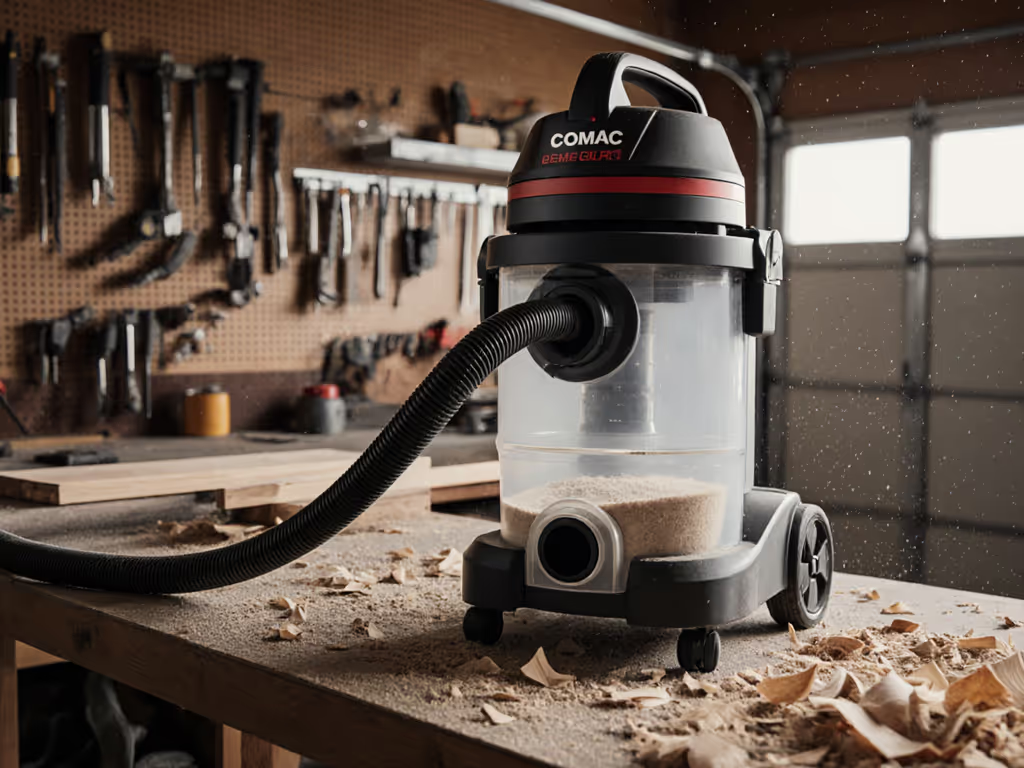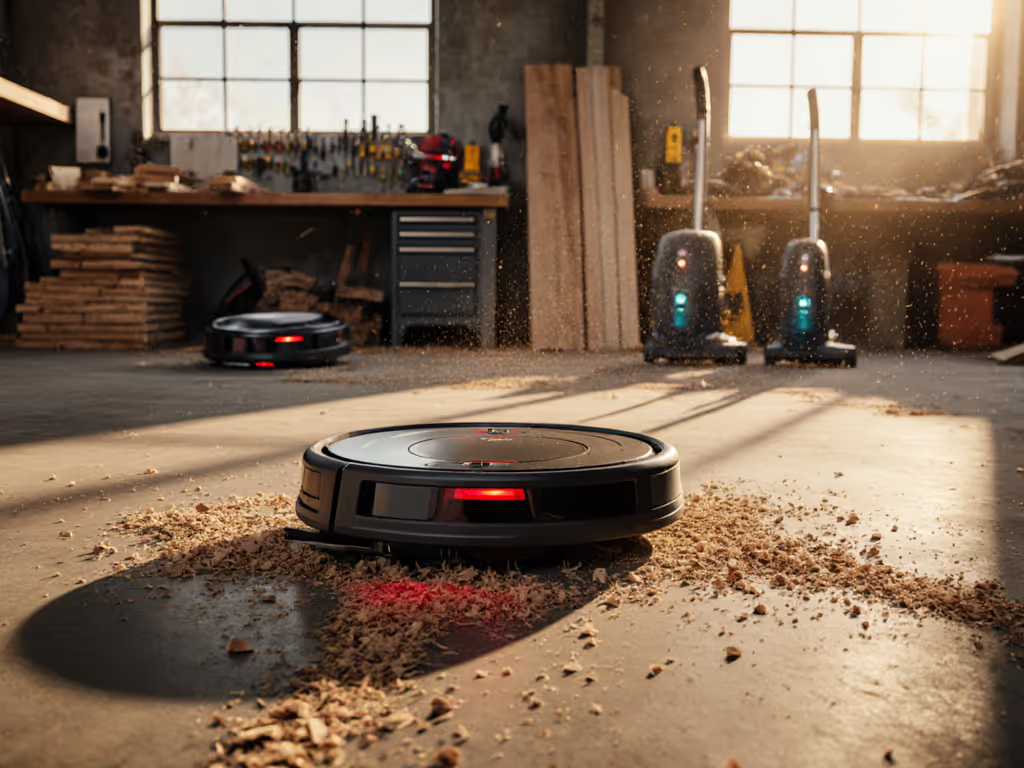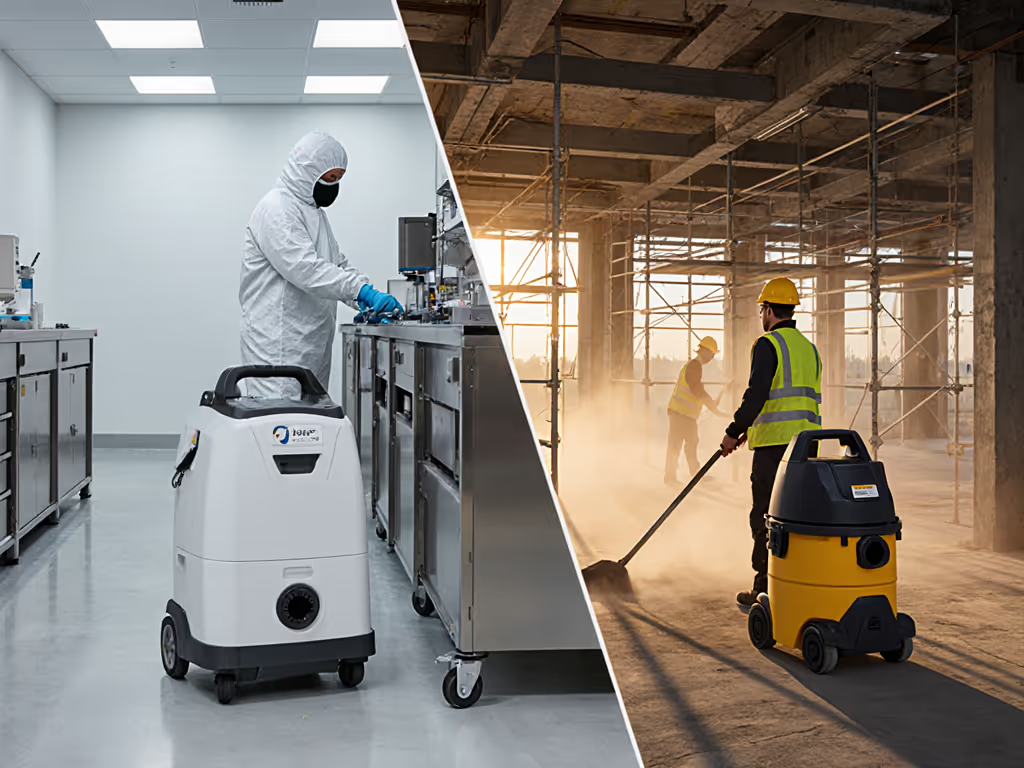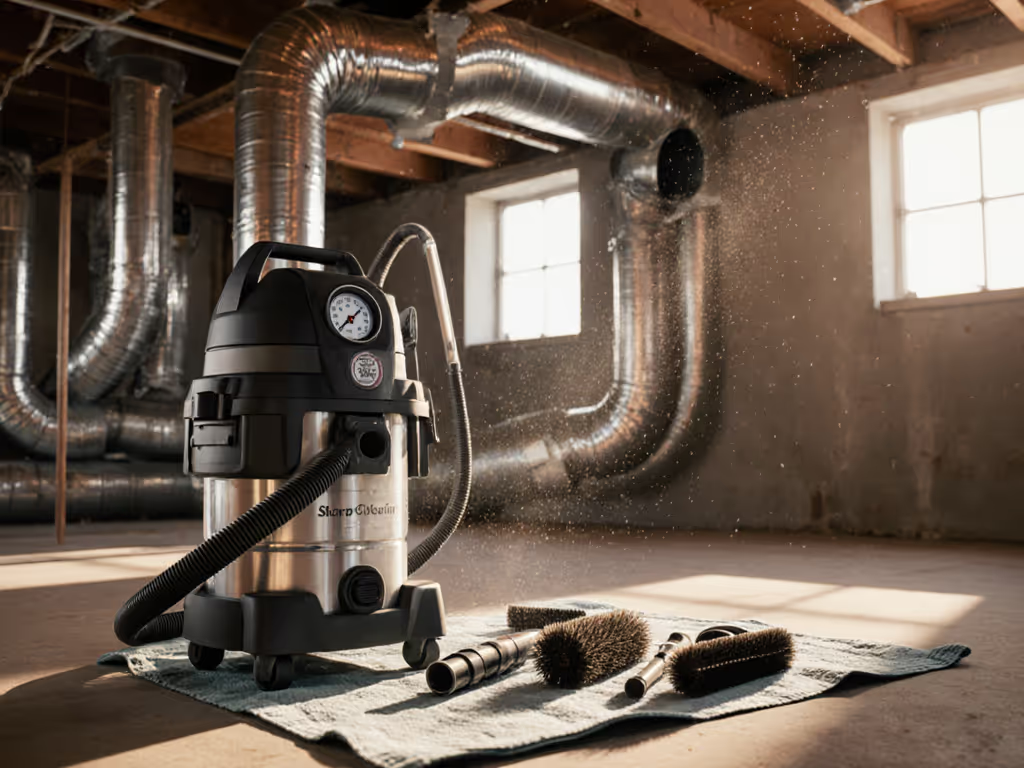
Wet and Dry Vacuum Guide: Safety, Types, Performance
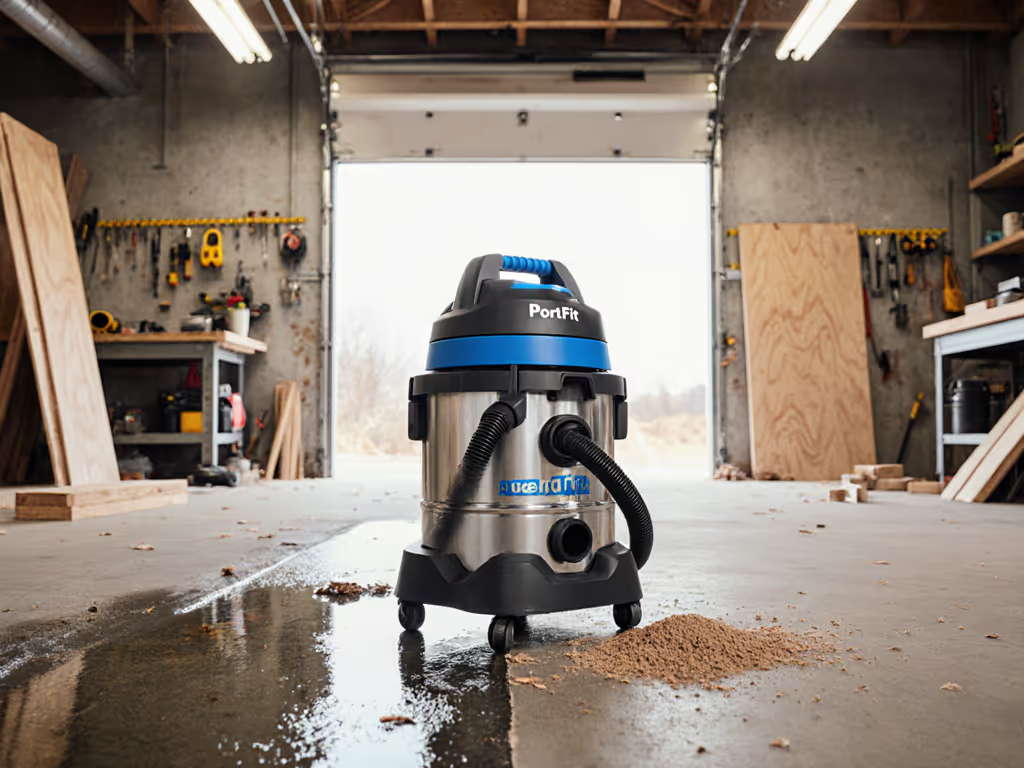
When selecting a wet and dry vacuum for your crew, that tempting sticker price tells only half the story. As a facility maintenance planner who budgets for fleets across multiple job sites, I've seen too many contractors spend less upfront on a wet and dry shop vac only to bleed cash through downtime, compatibility headaches, and emergency callbacks. The truth? A vacuum's true cost reveals itself in per-hour productivity, not per-unit purchase price. In this guide, I'll break down eight critical factors that transform your vacuum from a reactive cleanup chore into a profit-protecting tool that delivers consistent uptime (because downtime bills you twice).
Understanding Your Vacuum Through a Lifecycle Lens
Before diving into specs, let's reset how we value these workhorses. I recently helped a drywall contractor cost out their vacuum expenses over 12 months. They'd switched to bagless units for "savings" on consumables, but when we tallied downtime for filter cleaning, labor hours lost to clogs, and callbacks from dust contamination, their actual hourly cost tripled. The solution wasn't buying more expensive equipment; it was selecting a system that fit their workflow with predictable per-job cost math. As I always say: Pay once for uptime; pay forever for clogs and callbacks.
1. Demystifying Suction Specs: What Actually Matters On-Site
Peak horsepower claims are marketing theater that tell you nothing about real performance. For a deeper breakdown of why airflow (CFM) beats peak HP, read our Decoding shop vac CFM guide. Two 6.5 HP units can have dramatically different results based on airflow (CFM) and sealed suction (water lift). Here's the practical translation:
- Airflow (CFM): How much debris moves per minute. Critical for dust collection from tools. Aim for 120+ CFM for serious drywall or concrete work.
- Sealed Suction (Water Lift): Lifting power for wet pickup or dense debris. Needs 80+ inches for water extraction.
The Craftsman 16-gallon model hits 190 CFM, ideal for connecting directly to sanders, while maintaining 82 inches of water lift. But CFM alone doesn't tell your whole story. Maintenance intervals and triggers matter more than initial specs. When a filter clogs by 30%, CFM drops 50%. That's why smart teams budget for:
Scheduled filter changes rather than emergency cleanouts
2. Filter Systems: Your Hidden Cost Center
Can you use a shop vac for water only? Absolutely, but only if you've removed the filter first. But the real question is: Which filter system delivers the lowest per-hour cost for your specific messes?
| Filter Type | Best For | Per-Job Cost | Maintenance Frequency |
|---|---|---|---|
| Standard cartridge | General debris | $0.15/hr | After 2 medium jobs |
| HEPA with pre-separator | Drywall, silica | $0.45/hr | Weekly scheduled change |
| Foam sleeve + paper bag | Wet/dry switching | $0.30/hr | After each wet job |
The DEWALT DWV010 HEPA Dust Extractor solves a critical pain point many contractors face: fine dust management without constant downtime. Its automatic filter cleaning pulses every 30 seconds, maintaining consistent suction during drywall finishing. For crews dealing with OSHA compliance requirements, this model meets EPA RRP rules when using the DWV9330 filters.
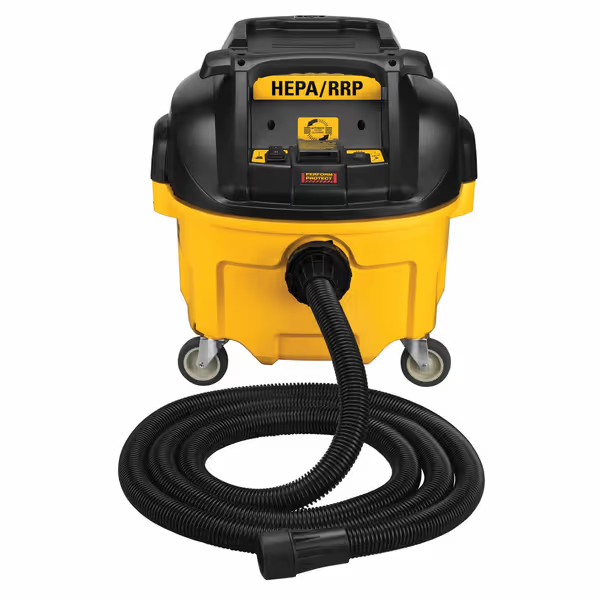
DEWALT DWV010 HEPA Dust Extractor
A crew I worked with switched to this system for plaster remediation. While the initial cost was $150 more than a standard vac, they reduced cleanup time by 22 minutes per room and eliminated 3 callbacks/month from dust migration. That's $1,320 monthly profit preserved, a risk-adjusted ROI calculation any foreman can appreciate.
3. Wet/Dry Workflow Safety: Avoiding Costly Mistakes
Can you use shop vac for water only? Yes, but with critical precautions. Using a paper filter for wet pickup destroys it instantly, creating a $15-$25 consumable loss plus cleanup time. Worse, residual moisture breeds mold inside the canister, requiring full disassembly and decon.
Essential wet workflow steps:
- Remove all filters (HEPA or cartridge)
- Install foam sleeve if available
- Use the squeegee tool positioned at 45° angle
- Never fill beyond 75% capacity
- Drain completely and air dry before next dry use
The Vacmaster Beast Series gets this right with its built-in drain port and ability to easily switch between wet and dry modes. It's become our go-to recommendation for restoration crews who transition between flood cleanup and dry debris removal multiple times daily.
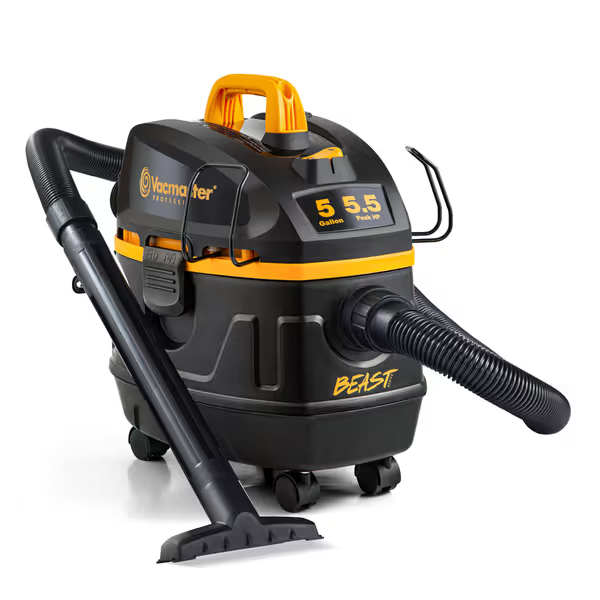
Vacmaster Beast Series 5-Gallon Wet/Dry Vac
Here's the per-hour cost math that makes this model shine: At $99, it's $50 less than many competitors. But the real savings come from its 72 dB noise level, below the 80 dB threshold that requires hearing protection in occupied spaces. For residential remodelers, that's 15 fewer minutes per job explaining the vacuum noise to clients and avoiding OSHA compliance paperwork.
4. Port Sizing & Compatibility: Eliminating Adapter Chains
One of the most expensive "free" mistakes? Incompatible hose and tool port sizes. That 1-1/4" sander port with a 1-7/8" vac hose creates 40% airflow loss through adapters. Each additional adapter in the chain leaks another 15-20% suction.
Pro tip: Measure your tool ports before buying a vacuum. Standard sizes:
- Power tools: 1-1/4" (32mm)
- Shop vacs: 1-7/8" or 2-1/2"
- Dust extractors: 35-36mm
The Vacmaster's 1-7/8" accessory diameter works with most standard shop tool adapters, but check your specific equipment. For drywall sanders requiring 36mm connections, you'll need a dedicated dust extractor like the DEWALT with its universal hose connector.
5. Capacity vs. Mobility: The Productivity Sweet Spot
Bigger isn't always better. A 20-gallon vac collects more debris but:
- Takes 47% longer to empty (averaging 3.2 minutes vs 2.1)
- Weighs 18 lbs more empty
- Has 22% less maneuverability in tight spaces
For most contractors, 5-8 gallon models deliver the best risk-adjusted ROI. They're light enough for one-person handling but large enough to cover standard drywall rooms without emptying. The Vacmaster 5-gallon model weighs just 15.4 lbs with its compact footprint, perfect for van-based crews who need to store it vertically.
6. Maintenance Scheduling: Your Profit Protection Plan
When I costed a year of drywall work, the teams who scheduled filter changes based on job types (not "when it clogs") saw 31% fewer callbacks. Document these maintenance intervals and triggers for your crew:
- Drywall compound: Change HEPA filter after 8 hours runtime
- Concrete/silica: Change after 4 hours with pre-separator
- General debris: Clean cartridge filter after each job
- Wet work: Full canister inspection after each use
Assumption transparency matters: In my calculations, I budget 6 minutes per filter change at $38/hour labor ($3.80/change). Skipped maintenance? That jumps to 18 minutes for emergency cleanup and decon ($11.40), tripling the cost.
7. Corded vs. Cordless: Runtime Economics
Cordless models offer convenience but create hidden costs. That "unlimited runtime" claim? It ignores the 40-minute battery cycle for heavy debris. For drywall taping crews averaging 6 rooms/day:
- Corded: $0.00/hour power cost
- Cordless: $1.85/hour battery depreciation + replacement
For crews already invested in a tool ecosystem, DEWALT's corded model with power tool actuation delivers seamless integration. When your sander triggers the vacuum automatically, you eliminate 7 minutes of setup time per room, that's $4.43 in saved labor hourly.
8. The Safety Compliance Factor: More Than Avoiding Fines
Best vacuum for fine dust isn't just about performance, it's liability protection. Silica exposure fines start at $14,502 per violation. But the real cost? Lost reputation from health complaints and work stoppages.
Verify these compliance essentials:
- True HEPA filtration (99.97% of 0.3 micron particles)
- Sealed system from intake to filter
- Documentation meeting OSHA 1926.1153
- Suitable for continuous operation
Actionable Next Step: Audit Your Vacuum Economics
Don't let vacuum costs sneak up on your bottom line. Grab your last month's service log and calculate:
- Total hours of vacuum downtime
- Number of filter replacements
- Callbacks related to dust contamination
- Labor hours spent managing compatibility issues
Then multiply downtime hours by your crew's hourly rate. I'll bet you uncover $300-$500 in monthly waste, funds better spent on a system that works rather than one that just looks cheap. Remember: Downtime bills you twice. Invest in uptime, and your budget (and your clients) will thank you.

